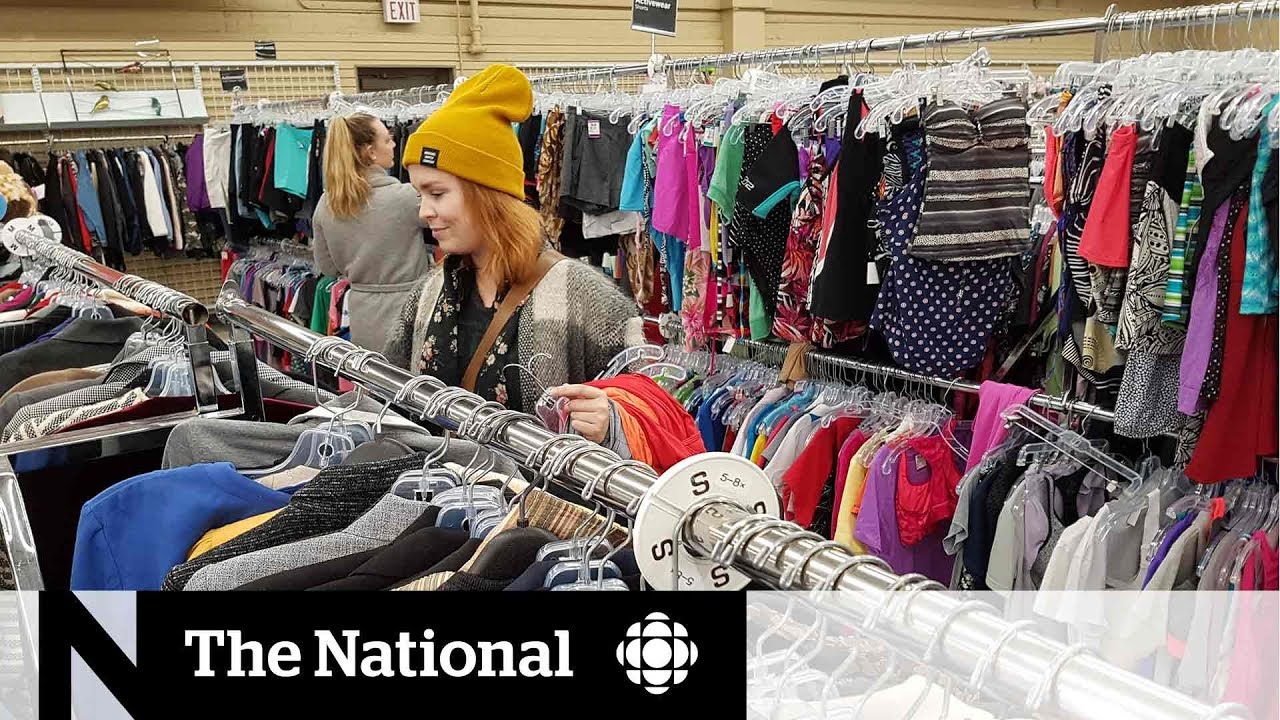Every single piece in Sophi Robertson’s closet is second-hand. She used to love shopping in fast fashion stores like Zara and H&M, but she’s decided not to be a part of the problem anymore.
Second-hand clothing shopping has always been popular to save money, but now the concern for the environment is the main motivation for many shoppers.
Daniela Baiocchi, who regularly visits second-hand outlets says that clothing waste is one of the biggest pollutants and that not buying new clothes is definitely helping reduce the amount of waste in circulation.
CBC News: The National reports that a recent survey on economic habits in Canada, for example, shows there’s a change in people’s attitude towards second-hand clothing shopping: This year, 4% fewer respondents ticked cost as the main factor, while 6% more respondents ticked altruistic and ecological reasons.
Christine Riddell, a district manager in Value Village, a thrift store chain, says that it wasn’t cool to wear second-hand when she was growing up, but now she can see that the sales are growing and the stigma of wearing shopping in thrift stores is disappearing.
Even though some consumers will never come to terms with second-hand shopping, for many environmentally-aware shoppers like Sophi and Daniela, unique styles, bargains, and a clear conscience in terms of climate change make a winning combination.
Watch the video from CBC News: The National below.



